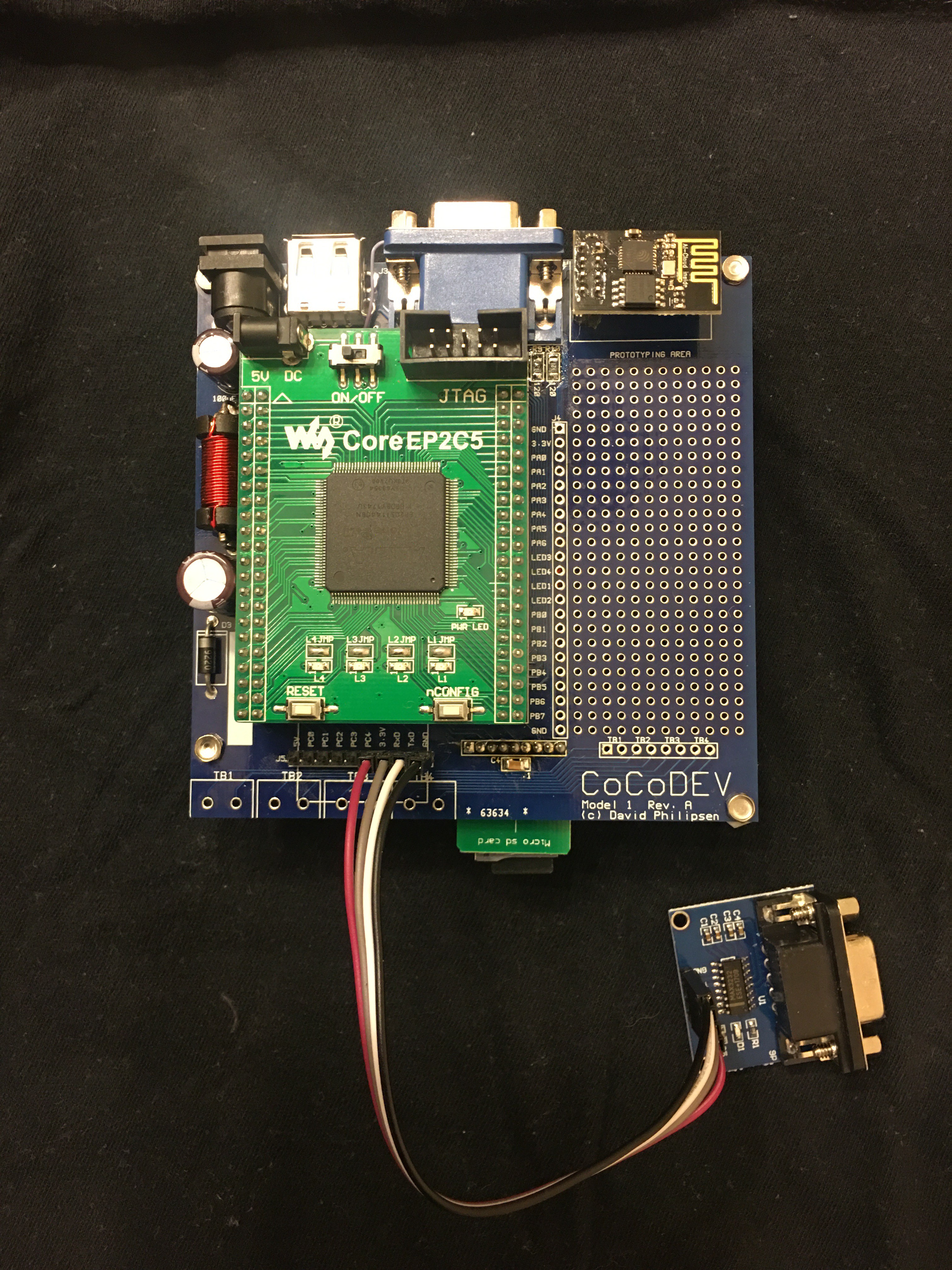
6809 ON STEROIDS
Almost 40 years ago a home computer came onto the scene that appeared to be just another color game computer that the kids could hook up to the TV. The Radio Shack TRS-80 Color Computer affectionately known as the CoCo was born. Many who bought the computer were unaware that the CPU under its hood was quite an amazing engineering feat. In fact, many now consider the Motorola 6809 CPU as the most advanced 8-bit CPU of its time. Unlike the 6502 which Apple used in its microcomputers and the Z80 which Radio Shack used in its business computers (Models 1, 2, 3, and 4), the 6809 allowed fully position-independent and reentrant code in a very straightforward way. It also featured 16-bit arithmetic and a hardware multiply instruction. This CPU came to be used not only in the CoCo but also in the Dragon 32/64, the Canon CX-1, the Fujitsu FM-7, the Acorn System 2, 3, and 4, and by Thomson, Gimix, SWTPC, and Smoke Signal Broadcasting computers.
The question now was how to use the 6809 to its fullest potential. Bring in Microware Systems Corporation, a small company based in a suburb of Des Moines, IA. Microware developed the OS-9 real-time, multi-user, multitasking operating system designed specifically for the Motorola 6809 processor. The capabilities of this operating system surpassed by far the capabilities of the MSDOS operating system used by the masses in the IBM PC and its clones. The first iteration of this powerful operating system dubbed “OS-9 Level One” was released around 1980 and became available on the CoCo. Now what was thought of as a cheap game computer came into a world of its own. Enthusiasts were using the CoCo with OS9 to show off its multi-user multitasking abilities. This was heretofore unheard of among personal computer users of that era. A few years later, OS-9 Level Two was released with support for up to 2 megabytes of memory and an advanced windowing system.
Alas, as is the case with many superior technological innovations (Betamax, Palm Pilot, Google Glass, Segway, etc.) OS-9 did not become a huge success. We all know the story of MSDOS which led to the Windows operating system. But, have no fear! OS-9 has been resuscitated by a group of hobbyists under the name of “NitrOS-9”. And what about the venerable Motorola 6809 microprocessor? Fortunately for us there are still many of these chips floating around in the surplus markets along with the compatible Hitachi HD6309 CPU. And even though the clock speed of even the Hitachi chip was limited to 3 MHz at the time, the CPU has been synthesized with FPGAs (field programmable gate arrays) and it’s not uncommon to have an FPGA implementation of the 6809 CPU running at a clock speed of 25 MHz!
The CoCoDEV hobbyist/development board runs NitrOS-9 Level 2 with 512K of SRAM, 4MB of flash, real time clock, ESP8266 wifi module, and an SD card for mass storage. Now you too can enjoy retrocomputing with a modern implementation of the 6809 CPU In a compact configuration that lends itself well to the hobbyist/experimenter/embedded engineer.
Discussions
Become a Hackaday.io Member
Create an account to leave a comment. Already have an account? Log In.
Cool, I almost wish I had a history with 6809 hardware to be nostalgic about. The architecture was a good match for C.
Are you sure? yes | no